The solar panel industry is flourishing globally, leading to ongoing innovation in on-grid solar systems. One such example of this progress is the 7kW on-grid solar system, which is ideally suited for properties with higher power demands, such as:
The cost of installing a 7kW on-grid solar panel system in Chandigarh can vary due to factors such as equipment quality, installation complexity, and service provider. Generally, the price range for such a system typically falls 3.1 lakhs.
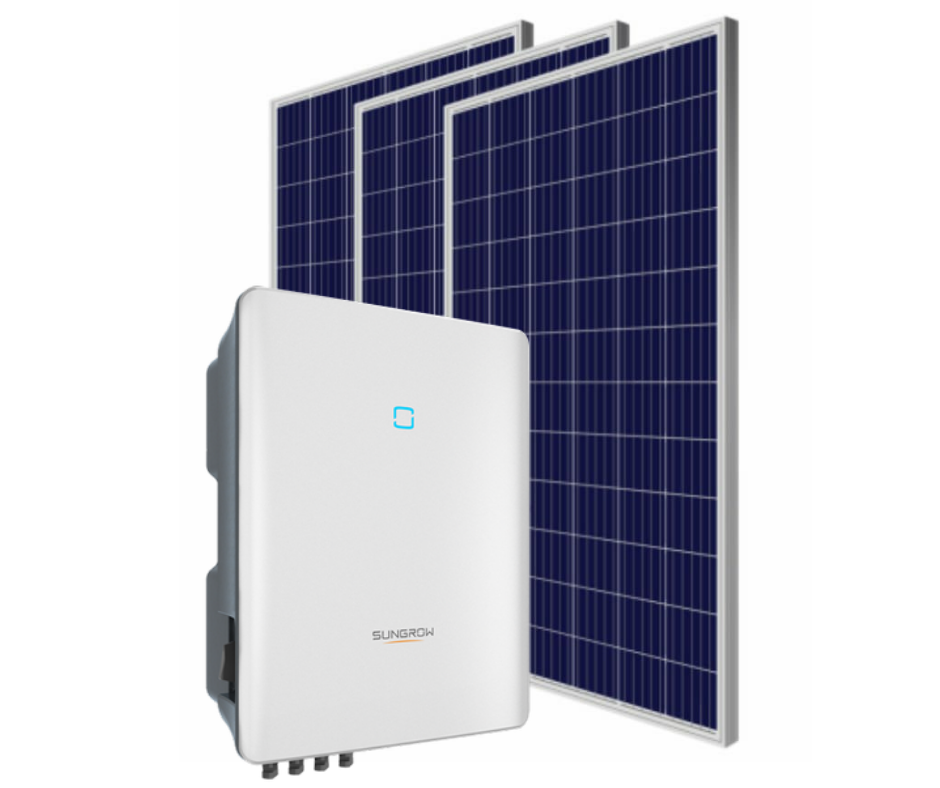
Components of 7KW On-Grid Solar System
A 7kW on-grid solar system comprises several key components that work in harmony to harness solar energy and integrate it into the electrical grid. Here’s an overview of these components:
Solar panels are the primary component responsible for converting sunlight into electricity. A 7kW system typically requires around 13 solar panels, depending on the efficiency and wattage of each panel. These panels are usually installed on rooftops to maximize sun exposure.
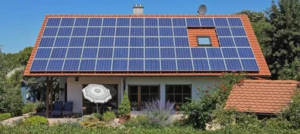
The inverter is crucial in converting the direct current (DC) generated by the solar panels into alternating current (AC), which can be used by household appliances. In an on-grid system, the inverter also synchronizes the solar power with the grid’s voltage and frequency.
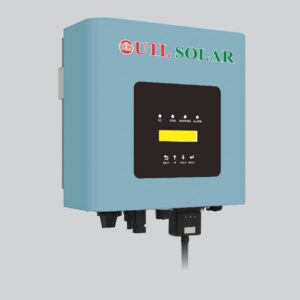
This is used to secure the solar panels onto the roof or ground. It ensures the panels are correctly angled and oriented for optimal sunlight exposure. The mounting structure must be durable and weather-resistant to withstand environmental stress.
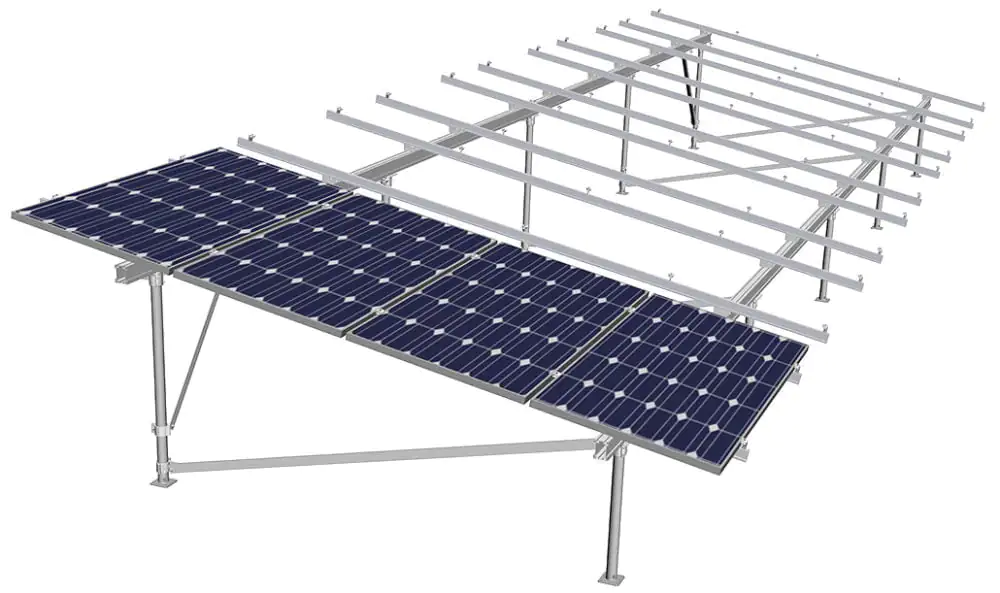
A net meter tracks the electricity produced by the solar system and the electricity consumed from the grid. This system ensures that any excess power generated and sent back to the grid is credited to the homeowner’s account, reducing the electricity bill.
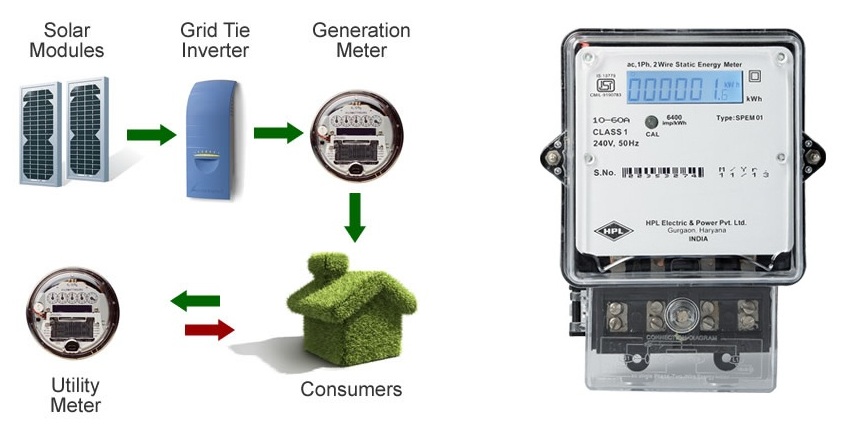
Proper wiring and cabling are essential for connecting the solar panels to the inverter and the inverter to the grid. High-quality cables ensure minimal power loss and enhance the system’s overall efficiency.
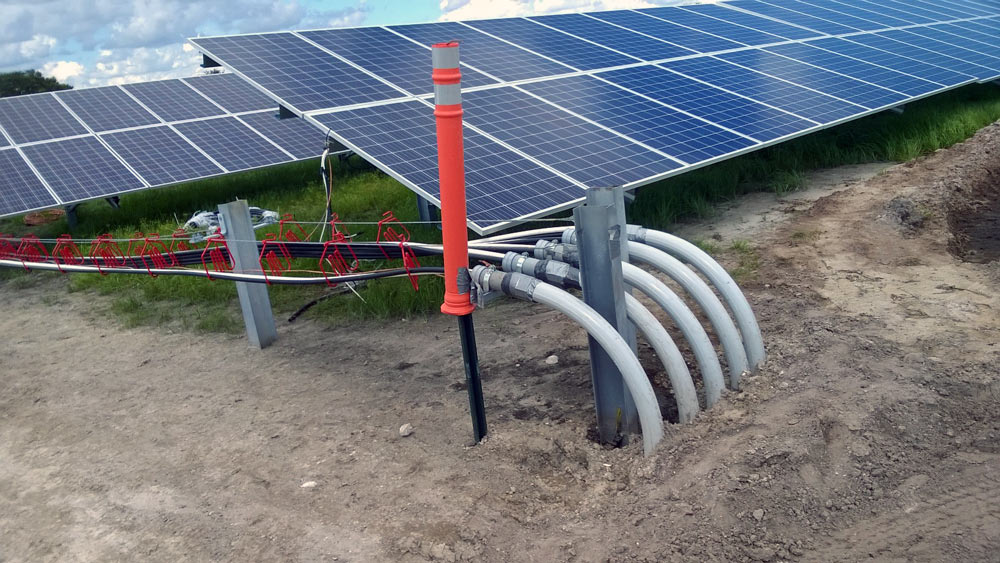
These include circuit breakers, fuses, and surge protectors. They safeguard the solar system and the household electrical network from overloads and electrical surges, ensuring safety and longevity.

Here is a summary of the three types of 7 kW solar systems.
There are several types of 7 kW solar systems, each designed to meet different needs and circumstances. The first type is the grid-tied system, which is connected directly to the local power grid. This system allows you to use solar energy when available and draw from the grid when needed, ensuring a constant power supply. It’s ideal for those who want to reduce electricity costs without investing in expensive batteries.
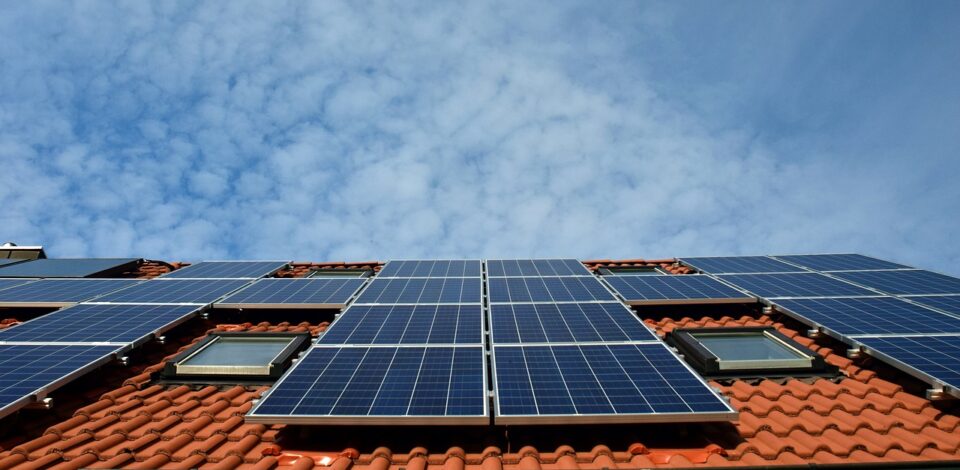
7KW Off-Grid Solar System
Off-grid solar system also traps solar energy and follows the same process as 7kW on grid solar system. However, this system does not use a grid for excess power storage. It uses batteries for unused power storage. The off-grid solar system is expensive but offers uninterrupted service even when the grid is down. It is the best option for places to whom sunlight is a concern. A 7 kW off-grid solar system includes no bills.
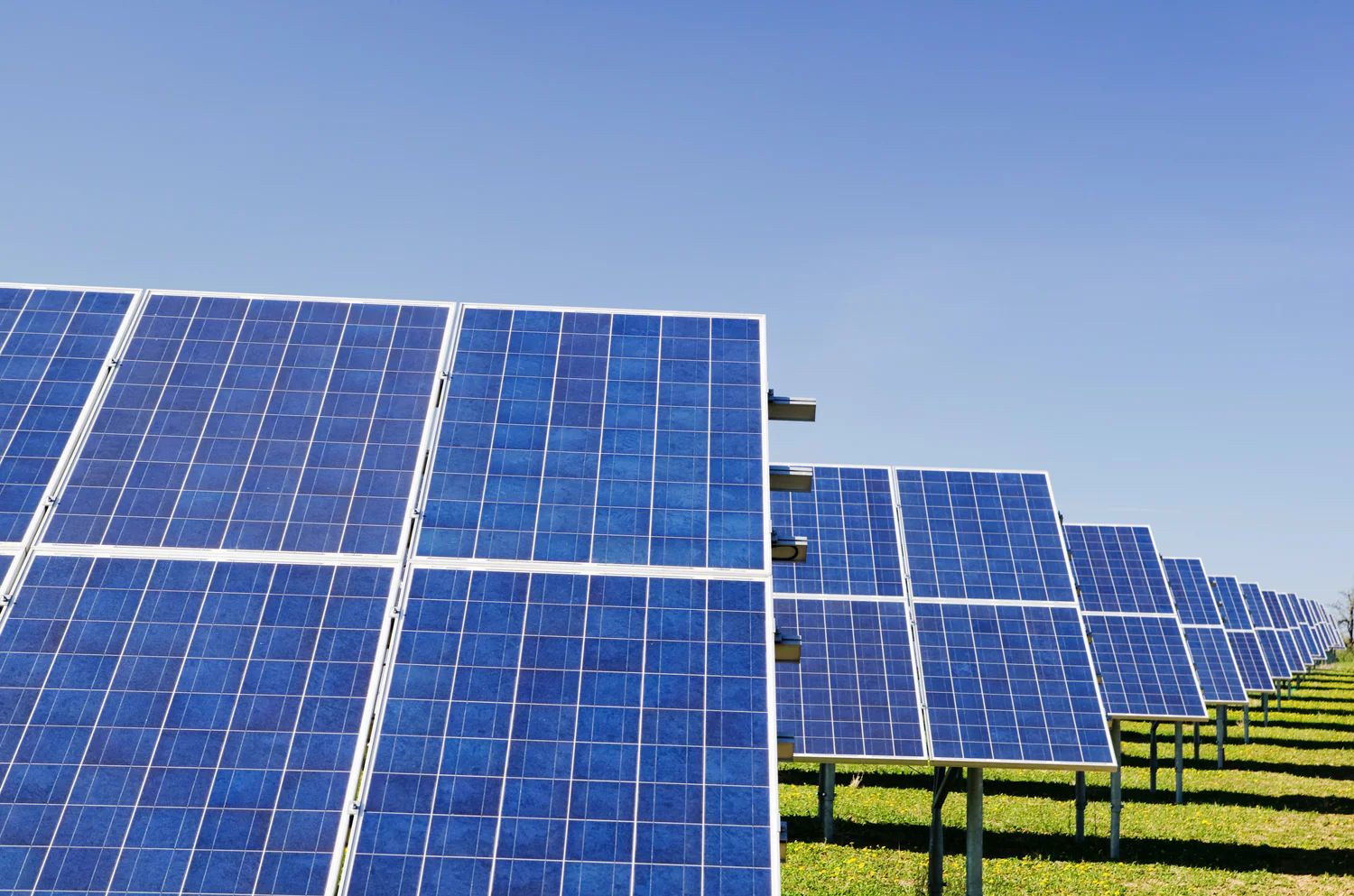
7kW on grid solar system
An On-Grid Solar System depends on the utility grid for its operation. Solar panels capture sunlight and produce direct current (DC), which is then converted into alternating current (AC) by a solar inverter. This AC power is transferred to the utility grid, which in turn distributes it to operate household appliances. Additionally, a 7 kW on-grid solar system includes a net meter that tracks both energy production and consumption, resulting in monthly billing statements from your electricity provider.
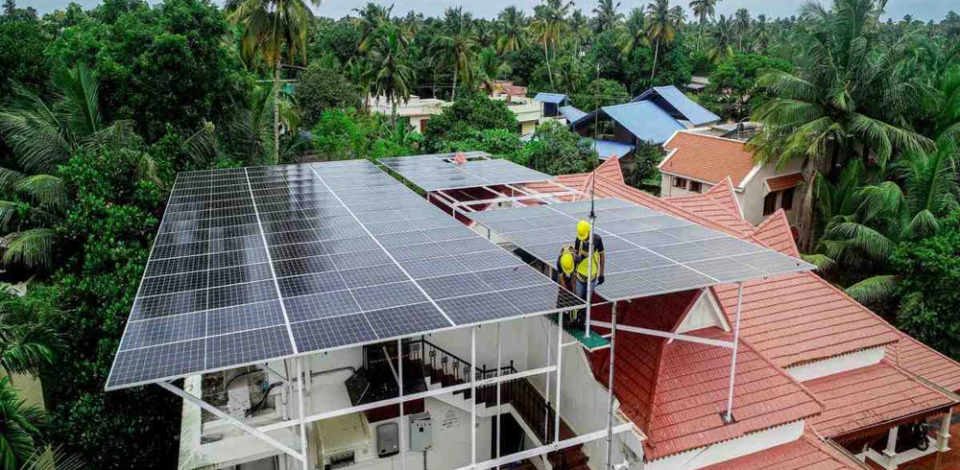
7KW Hybrid Solar System
A Hybrid Solar System combines multiple energy sources to provide a reliable and efficient solution for electricity generation. It typically integrates solar photovoltaic panels with other energy sources such as wind turbines, diesel generators, or battery storage. This system is particularly advantageous in addressing the intermittent nature of solar energy, which depends heavily on sunlight availability.
One of the key benefits of a hybrid solar system is the enhancement of energy reliability. By combining different sources, the system can produce electricity consistently, even during cloudy days or at night when solar output is low.
Specifications for a 7KW On-Grid Solar System
What is the cost of a 5 kW solar system?
How much electricity does a 5 kW solar system produce?
A 5 kW solar system can generate 20–25 kWh of electricity per day on a sunny day. This can power small to medium-sized homes. On average, a 5 kW solar system can produce 7,200 kWh of electricity annually.
What can a 5 kW solar system power?
A 5 kW solar system can power all appliances in a household, including lights, fans, refrigerators, TVs, ACs, washing machines, geysers, and dishwashers.
Who should buy a 5 kW solar system?
People who consume around 600–620 units of electricity per month can buy a 5 kW solar system.
How to check your home's energy requirements?
You can check your electricity bills to see how many kilowatt-hours (kWh) you use per month.
What advantages does a hybrid solar system offer?
A hybrid solar system combines the benefits of both grid-tied and off-grid systems by integrating solar panels, battery storage, and a connection to the local power grid.
How many batteries do I need for a 5kW off-grid solar system?
Off-grid and hybrid solar systems utilize batteries, with the quantity determined by the necessary kilowatts. For instance, a 5kW off-grid solar system typically necessitates around eight solar batteries, each boasting a capacity of 150Ah.
How do I determine the appropriate solar inverter capacity for my 5kW solar system?
For a 5kW solar system, it’s necessary to install a solar inverter with at least a 5kVA capacity. While the capacity can be higher than 5kVA, it should not be lower.
